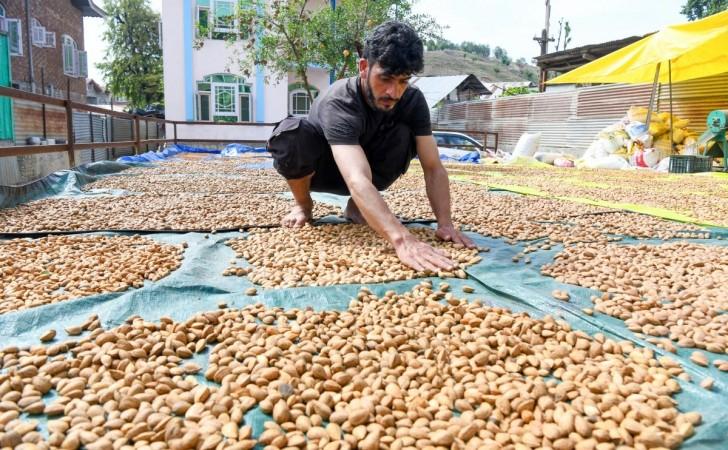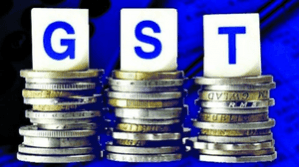
The GST rate rationalisation, from 12 per cent to 5 per cent, is boosting competitiveness, lowering costs and expanding markets in Jammu and Kashmir across handicraft, agriculture, tourism and local specialties.
This relief strengthens artisan and farmer livelihoods, encourages exports, and drives employment, ensuring sustainable growth while preserving the region's rich heritage, according to an official document.
Heritage products, including GI-tagged Pashmina shawls, Dogra cheese, and Basohli paintings, are now better positioned to compete in domestic and global markets, preserving cultural identity.
With the reformed GST rates, the handloom sector now carries only 5 per cent GST. This makes iconic products such as pashmina shawls and carpets, more affordable and competitive, both in domestic and international markets.
By lowering costs, the entire Kashmir valley can gain from stimulated demand, boosted sales, and enhanced exports, directly benefiting artisans and weavers whose livelihoods depend on these crafts.
Wicker willow handicraft is a J&K specialty, wherein wicker willow, a versatile and durable material, is woven by skilled artisans to create various products using traditional techniques. It benefits from GST relief, with rates reduced from 12 per cent to 5 per cent.
Similarly, paper-mache, one of Kashmir's most popular crafts and a GI-tagged traditional industry, welcomes the same revisions at a crucial time when it faces growing competition from machine-made substitutes.
"Key craft clusters such as Srinagar, Budgam, and Ganderbal stand to gain significantly from the GST rate reduction which boosts competitiveness, supports artisans' livelihoods, and helps sustain these unique cultural industries," the official document said.

In the Kashmir Valley, especially Kanihama, nearly 5,000 weavers craft fine GI-tagged Pashmina shawls. The GST cut from 12 per cent to 5 per cent makes these shawls more affordable, boosting demand, exports, and competitiveness against machine-made imitations, while securing livelihoods and preserving Kashmir's iconic heritage.
J&K accounts for more than 91 per cent of India's almond production, with manufacturing and processing hubs concentrated across the Kashmir region.
This sector alone provides employment to nearly 5,500 people, making it a crucial pillar of the local economy. The Kashmiri almond packaging industry particularly benefits from a significant GST reduction.
The reduction may also help boost demand and sales volumes, encourage greater value addition within the state, and enhance profit margins for farmers and processors alike.
The natural beauty of J&K, from Jammu's famous temples to the lakes and gardens of the Kashmir Valley, makes it a top tourist destination globally.
The sector supports over 70,000 jobs and contributes nearly 15 per cent of the state's GDP. Tourist arrivals have risen steadily, from 2.1 crore in CY23 to 2.3 crore in CY24.
With GST on tourism and hotel tariffs reduced from 12 per cent to 5 per cent for stays up to Rs 7,500, travel will become more affordable, boosting occupancy, encouraging longer stays, increasing revenue for local businesses, and further strengthening employment in the sector.

















